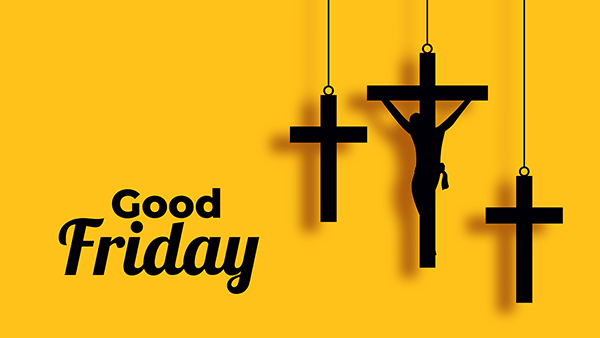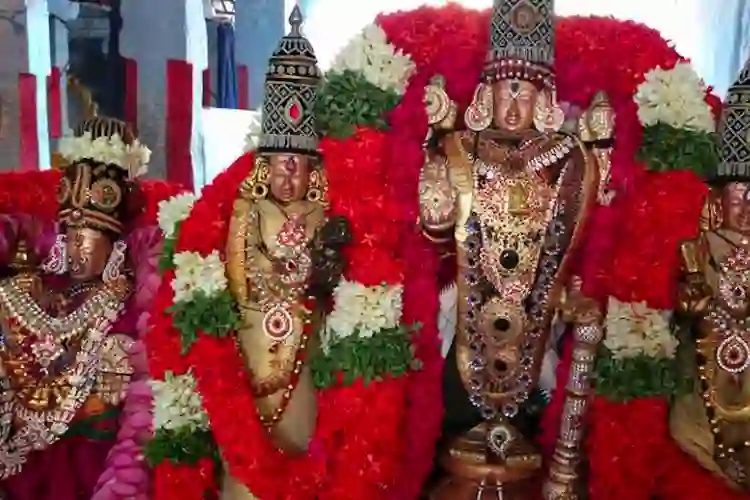Holi is one of India’s most revered and widely celebrated festivals, and it is observed in almost every region. It is also sometimes referred to as the “festival of love” because on this day, people can forget about all their animosities and resentments and come together. The great Indian festival lasts for a day and a half and begins on Purnima, or the Full Moon Day, in the Falgun month. On the first evening of the festival, it is called Holika Dahan or Choti Holi, and the following day is called Holi. It is referred to by a variety of names across the nation.
Holi, the festival of colors, is actually a day to celebrate because of the vivacity of the colors, which brings a lot of positivity into our lives. Holi is a well-known Hindu festival that is celebrated with great joy and enthusiasm all over India. The process of lighting the bonfire one day before Holi represents the victory of good over evil in the ritual. On Holi day, people play with colors with their friends and family, and in the evening, they give their loved ones Abeer to show their love and respect for them.
Legends of Holi
Holi’s legends are as vibrant as the holiday itself. They come in a wide range of tones and shades, from light hues that represent love and devotion to darker hues that represent demons and their devilish desires.
The devotion of millions of Hindus to these legends is remarkable. Every year, they retell these tales and bring the events, which may or may not have occurred thousands of years ago, to life.
A faith in the legends, commitment to god and a deeply felt confidence in the way that the great and reality eventually beats the detestable pulls individuals to follow the set practices every year strictly.
In addition, in this otherwise divisive society, the people are still bound together in a spirit of love and harmony by their faith in God and the ancient traditions.
Significance of Holi
Even though Holi is such a colorful and gay celebration, there are many aspects of it that make it so important to our lives. The significance of Holi can be seen in more ways than one might initially think, even if they aren’t immediately apparent. There are numerous sociocultural, religious, and biological reasons to thoroughly enjoy the festival and cherish its celebrations.
Therefore, when the time comes for Holi, please don’t hold back; instead, participate enthusiastically in each and every festival-related tradition to fully enjoy the celebration.
Mythological of Holi
Holi, which is essentially the celebration of various legends associated with the festival, brings us closer to our religion and mythology.
The legend of Prahlad and Hiranyakshyap comes first. According to legend, there was once a powerful king who was a devil and wanted everyone to worship him, Hiranyakshyap. Prahlad, his son, began to worship Lord Vishnu, much to his ire. Hiranyakshyap asked his sister Holika to enter a raging fire with Prahlad in her lap in order to get rid of his son because Holika had a blessing that allowed her to enter the fire unharmed. Holika paid the price for her sinister desire, according to legend, while Prahlad was spared because of his extreme devotion to the lord. This legend is primarily responsible for the custom of burning Holika, also known as the “Holika dahan.”
Holi also honors the legend of Radha and Krishna, which tells how excited Krishna was when he painted Radha and other gopis. Later, Krishna’s prank became a fad and part of the Holi celebrations.
Holi is also celebrated to commemorate the death of Ogress Pootana, who tried to kill Krishna’s infant by feeding it poisonous milk, according to myth.
The story of Lord Shiva and Kaamadeva is another popular Holi legend in Southern India. People in the south, according to legend, commemorate Lord of Passion Kaamadeva’s death-defying act of removing Lord Shiva from meditation and saving the world.
Another well-known legend is that of Ogress Dhundhi, a troublemaker who lived in Raghu’s kingdom and was eventually driven away by children’s pranks on Holi. Children continue to play pranks and hurl abuse at the time of Holika Dahan, demonstrating their faith in the legend.
Cultural Significance
Festivity of the different legends related with Holi console individuals of the force of reality as the lesson of this multitude of legends is a definitive triumph of good over evil. The myth of Hiranyakashyap and Prahlad also shows that extreme devotion to God pays off because God always takes care of his true devotees.
People are encouraged to live morally and believe in the virtue of being honest by all of these legends. This is of the utmost significance in today’s society, where many people torture honest people in order to make a quick buck. Holi assists the people in overcoming evil and instilling a belief in the virtue of honesty and truthfulness.
Moreover, holi is commended during a period of the year when the fields are in full blossom and individuals are anticipating a decent collect. A people now have a good reason to celebrate, party, and immerse themselves in the Holi spirit.










